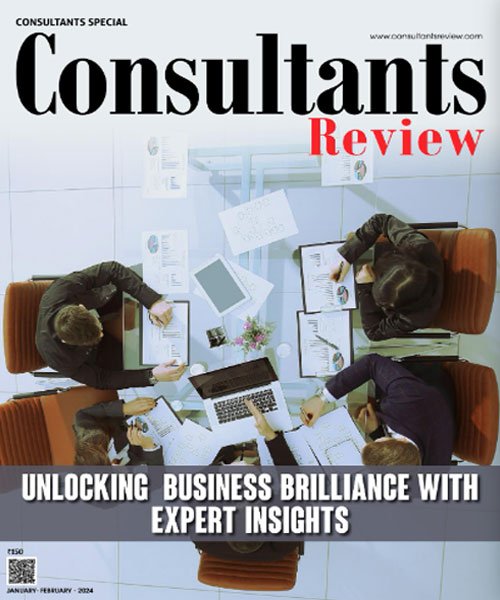Big Data, Big Insights, Big Experiences
By S Swaminathan, CEO, Hansa Cequity

S Swaminathan, CEO, Hansa Cequity
The big data hose, over the last years, has opened up and is pouring into companies through a myriad of ways. And companies are increasingly beginning to acknowledge their biggest asset – the internal database of information about their customers. So, how is big data creating this tectonic shift and how do enterprises prepare themselves for this change?
With the implementation of CRM, ERO and other systems, there is a considerable amount of data with the companies. This, however, is not enough to gain a competitive mileage. The usage behaviour in their CRM, ERP and other systems are largely transactional, and transactional data can only provide transactional insights. Increasingly, companies have realised that the efficacy of to engage more deeply with their customers, vendors or channel partners. They now know that they can gain competitive advantage only if they fuse this internal data with big data —which are available in digital or social, open-source community platforms —lying outside their enterprises.
The Big Data Hose: Incredible Variety, Volume And Velocity
Today, over 2.8 billion people across the world access the internet. This is about 39% penetration of the world population! Mobile is driving location-based data flood. Mobile penetration, as of 2015, has reached 5.2 billion people, which is 73% of the world population. Sensor Devices and IOT (Internet of Things) in many devices that consumers use, are sending out data. It is expected that 28 billion “things” will be connected to the internet by 2020, ranging from refrigerators to utility meters to cars.
This location-based information coupled with geographical information systems (GIS) is generating a large volume of location intelligence data such as where the customers are, how they are accessing your information, et al. This fundamentally requires companies to re-imagine their enterprise computing infrastructure, and how the customer insights and experiences then have to be delivered to them. This, however, requires enterprises to not just adopt a mind-shift but a time-shift in their ability to process and present this data for effective decisions and customer engagement.
Simply put, if you are a retailer, how do this season’s design preferences that customers express in a multitude of ways in social media, affect your inventory and logistics plans? If you are an airline or a travel and hospitality company, how can travel preferences mentioned in the digital space by your customers be linked to provide travel solutions that are personalised, relevant and contextual?
Analytics and insights for big data will have to undergo a major transformation. No more will businesses be satisfied with the way insights and business intelligence is delivered. Research suggests that ‘39% of marketers’ say that their data is collected ’too infrequently or not real-time enough.’ Hence, delivery of big data insights will require new tools, methodologies and platforms. Algorithm-based, machine learning-based and near-real-time insights will be expected by business users in companies. The real challenge will be to fuse big data from multiple sources with the right hierarchies and matches and correlations. We will see enterprises set-up UBICS (Unified Big data Insights Centres) to get this big data processed from a variety of sources — the internet, mobile, sensors and devices — to make meaning out of them.
Imagine the need to decipher billions of rows of data for unknown correlations, coming with multiple data formats — internal and external, from multiple data stores, from over a million data points. Big data will require insights to be compressed into one single, quick stream — insights to the prediction to action. The transformation will be from moving reactive BI to proactive insights which will combine text mining, optimisation, recommendation engines predictive modelling and real-time visualisation and drill downs. Also, big data will drive ‘In-the-Moment analytics’ which will become the norm over the next decade.
Big Data Will Transform And Deliver Big Experiences
Big data will help businesses transform customer experiences. Think of car alerts that proactively set up service schedules or dials out emergency services. Linking data that can help auto companies analyse auto component and accessories failures, provide in-vehicle analytics and contact centre support or a utility company that has energy meters that will analyse and recommend saving tips for your household or a bank that not only understands the current financial relationship but also life stages that their customers are moving through due to their social media profiles and updates. This will help the bank connect their product/service to customers’ life stage events proactively. Also, data from mobile devices and applications will help health care and insurance companies proactively provide product support and create dynamic pricing of premiums too.
With the advent of big data, enterprises need to reinvent their business process and customer experience journey within their organisations. Also, companies must reconfigure the experience maps of these customers across various touchpoints — right from pre-sales to purchase to post-purchase stages to factor for big data insights and experiences. The need to build seamless, flexible systems that talk to each other across existing enterprise systems and all personal devices of customers will be important. And the need to feed data off each other is increasingly becoming necessary and apparent. The big data shift will transform the thinking within companies on how to convert the big data hose into a big analytics hose and further into a big conversation and engagement hose, which will then improve business value and impact in the marketplace, enable real-time insights for decision making and provide proactive customer experience, like it has never been seen before.
Current Issue
🍪 Do you like Cookies?
We use cookies to ensure you get the best experience on our website. Read more...









